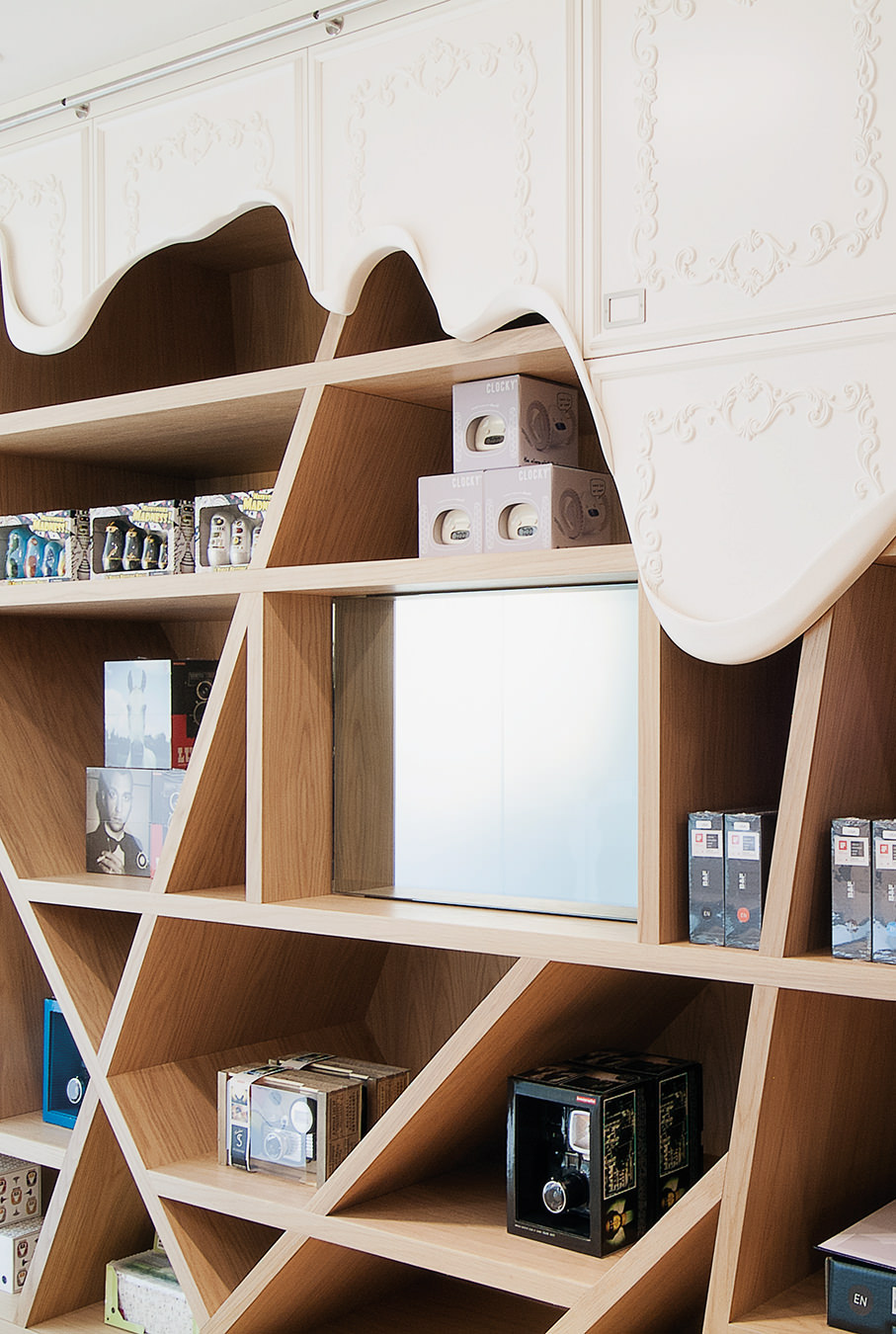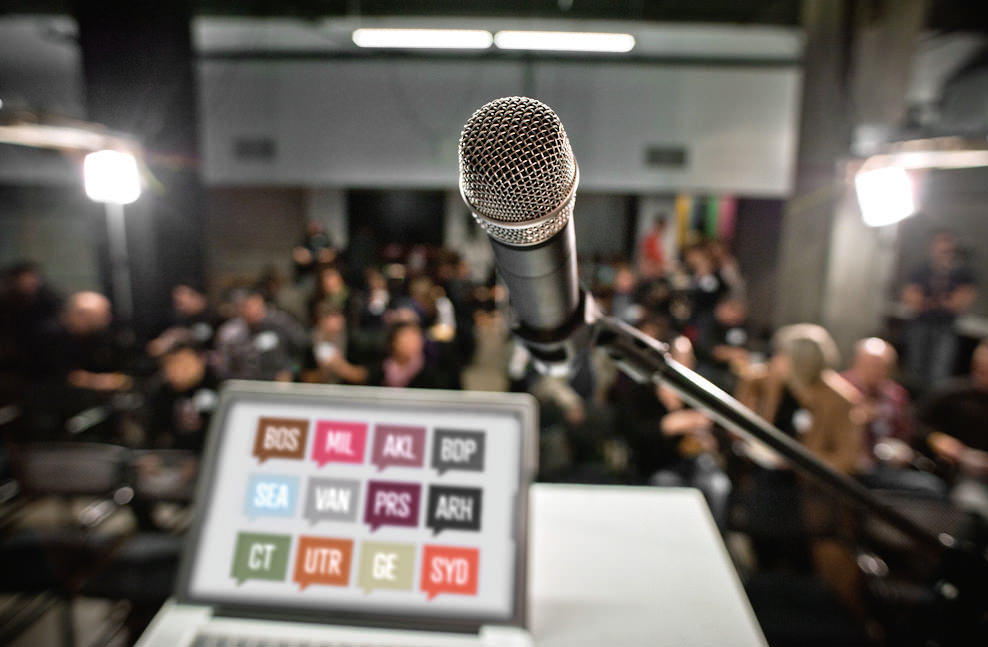-
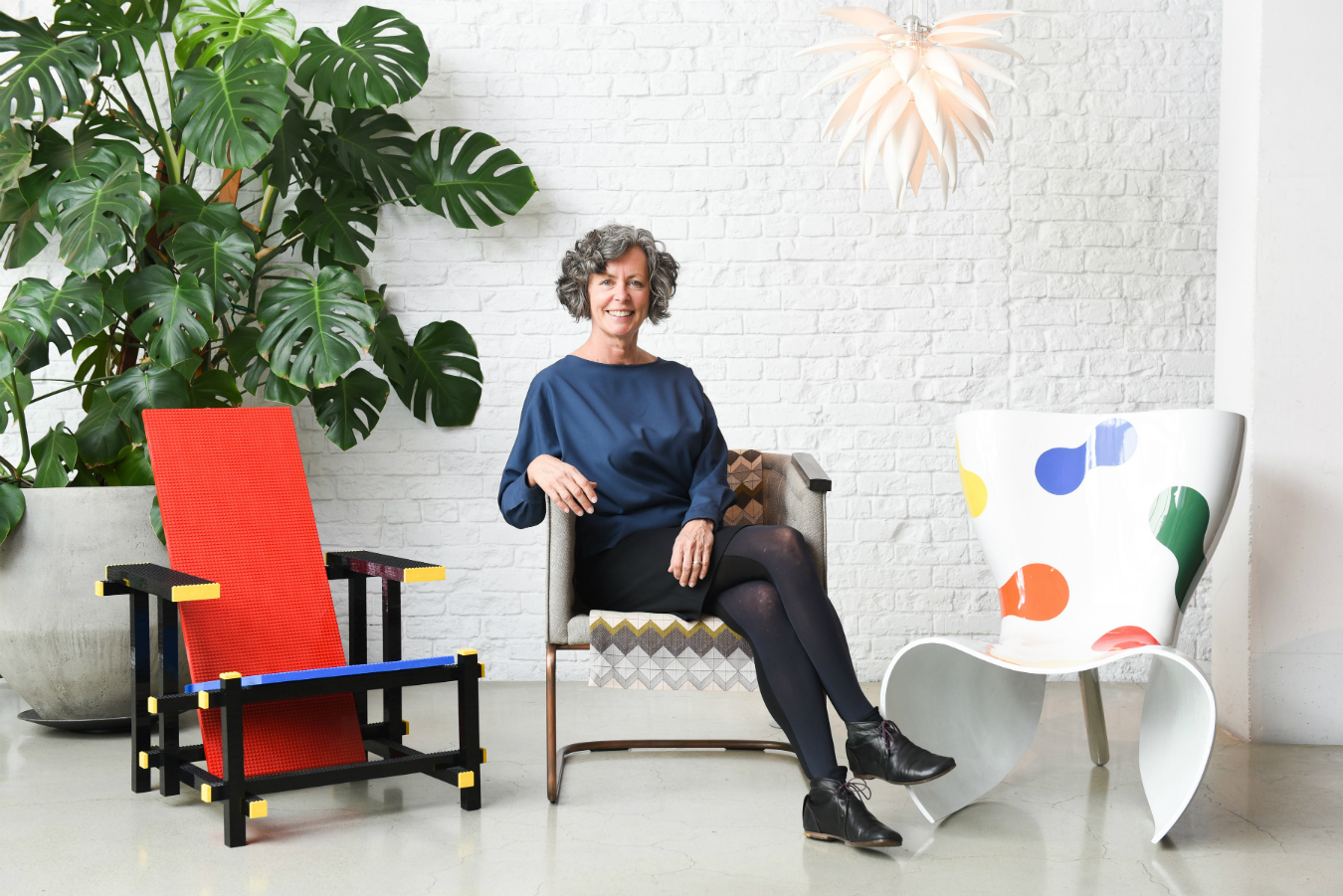
Nancy Bendtsen, who collects chairs.
All photos by Rebecca Blissett. -
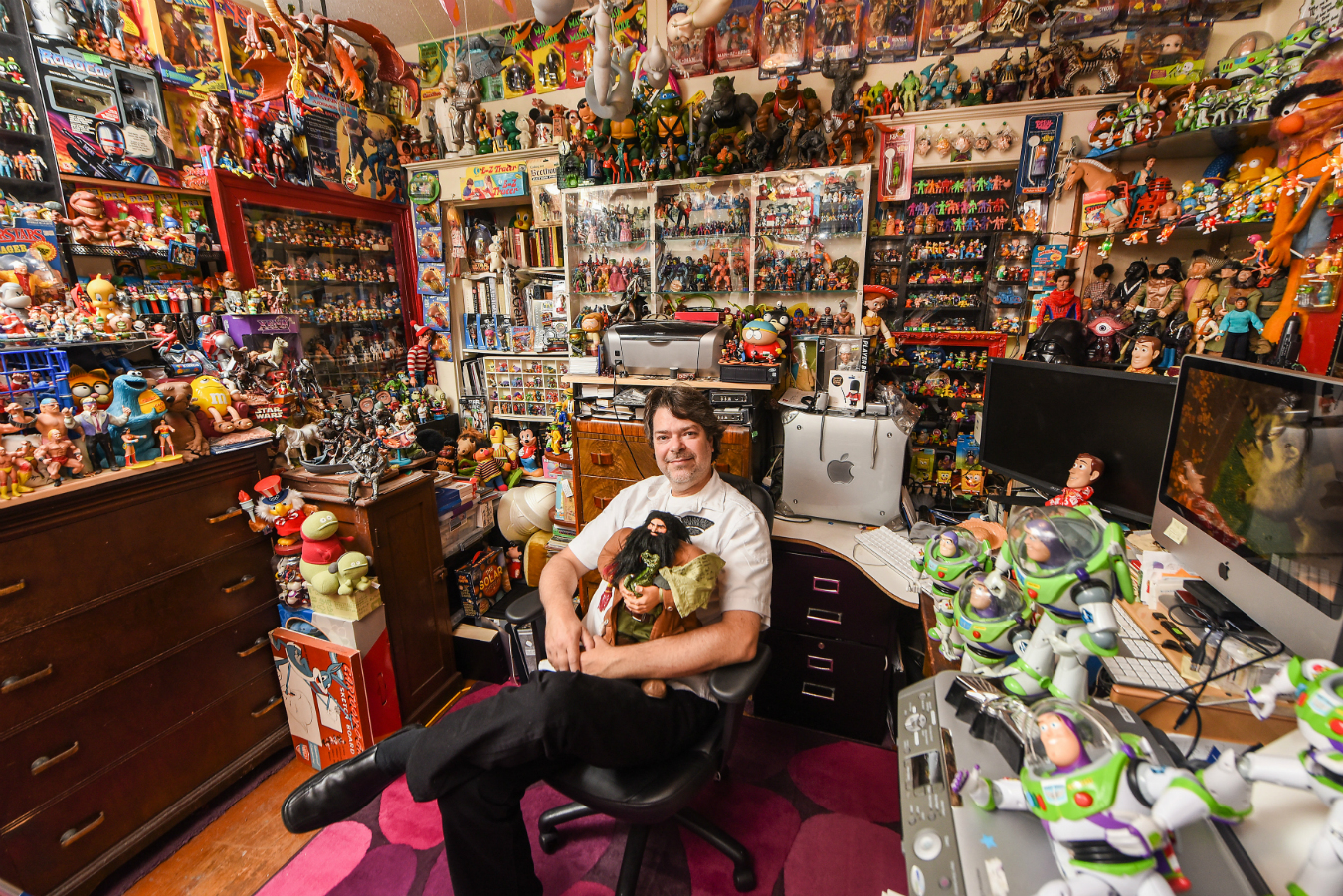
Angus Bungay, action figures and toys.
-
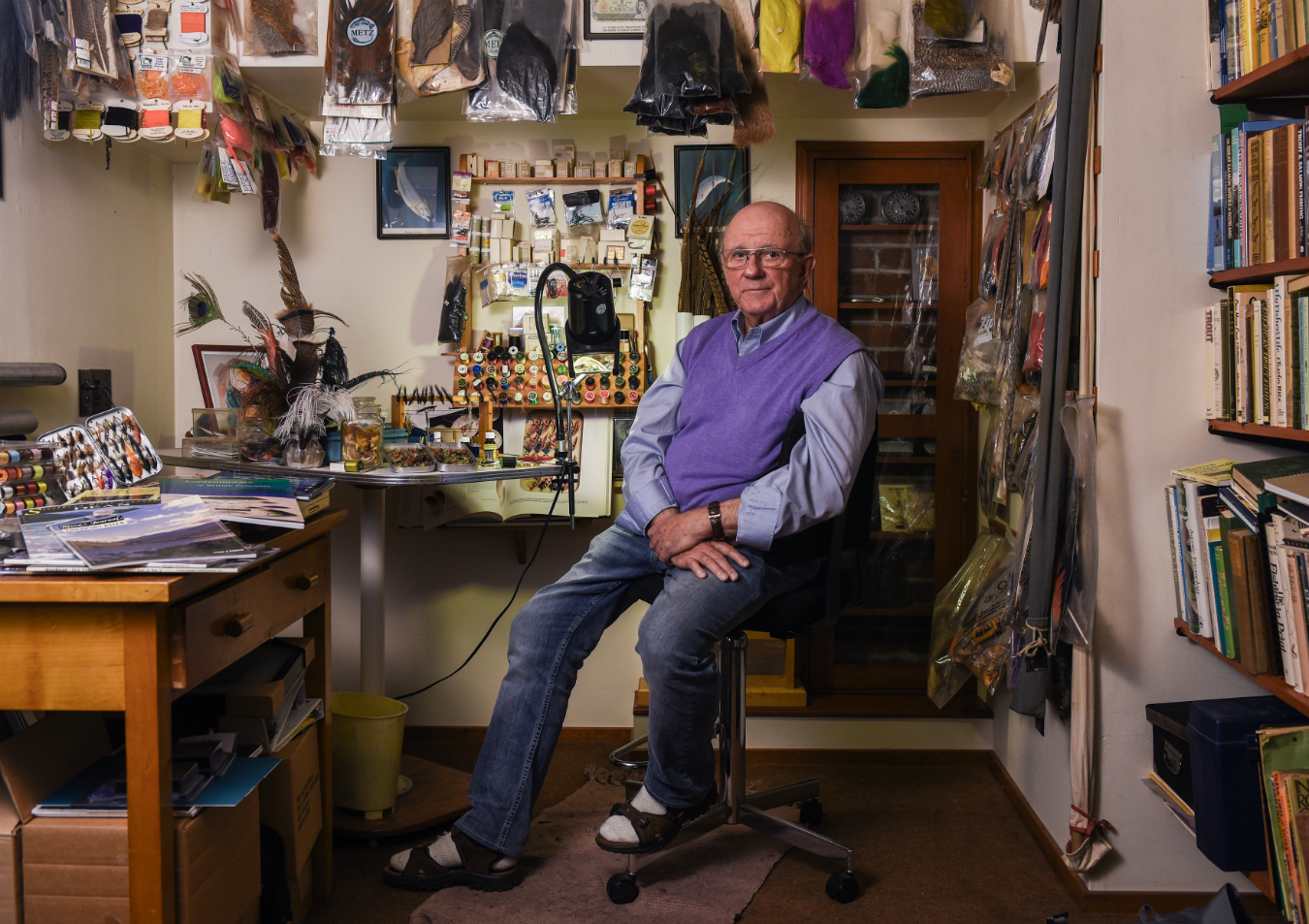
Art Lingren, fishing lures and gear.
-
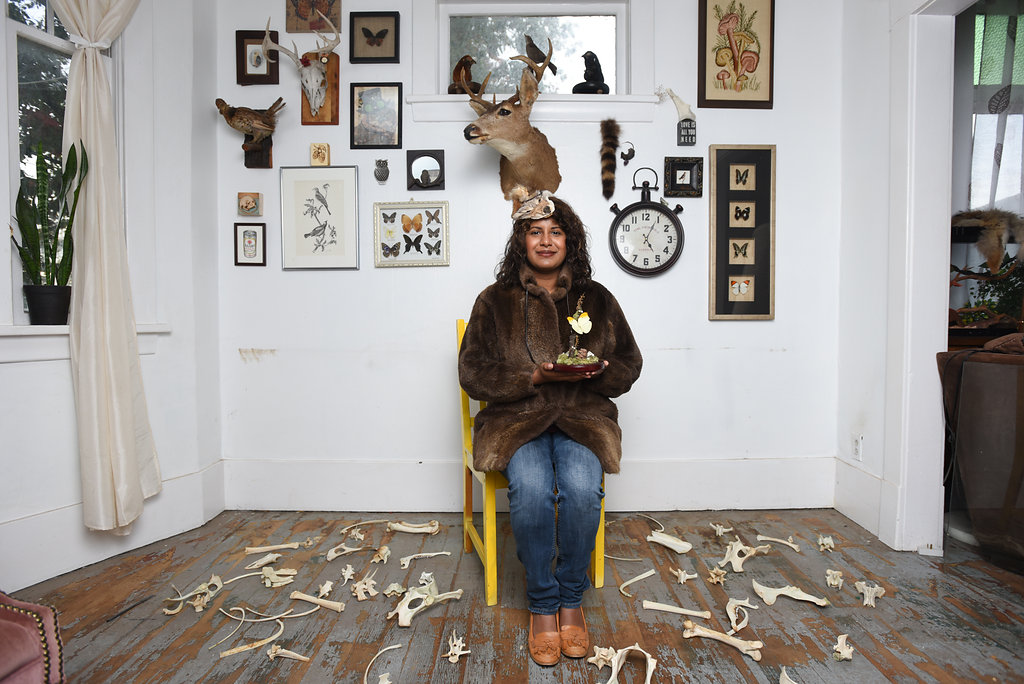
Gabrielle Whiteley, taxidermy.
-

David Moe, vintage prosthetics.
-
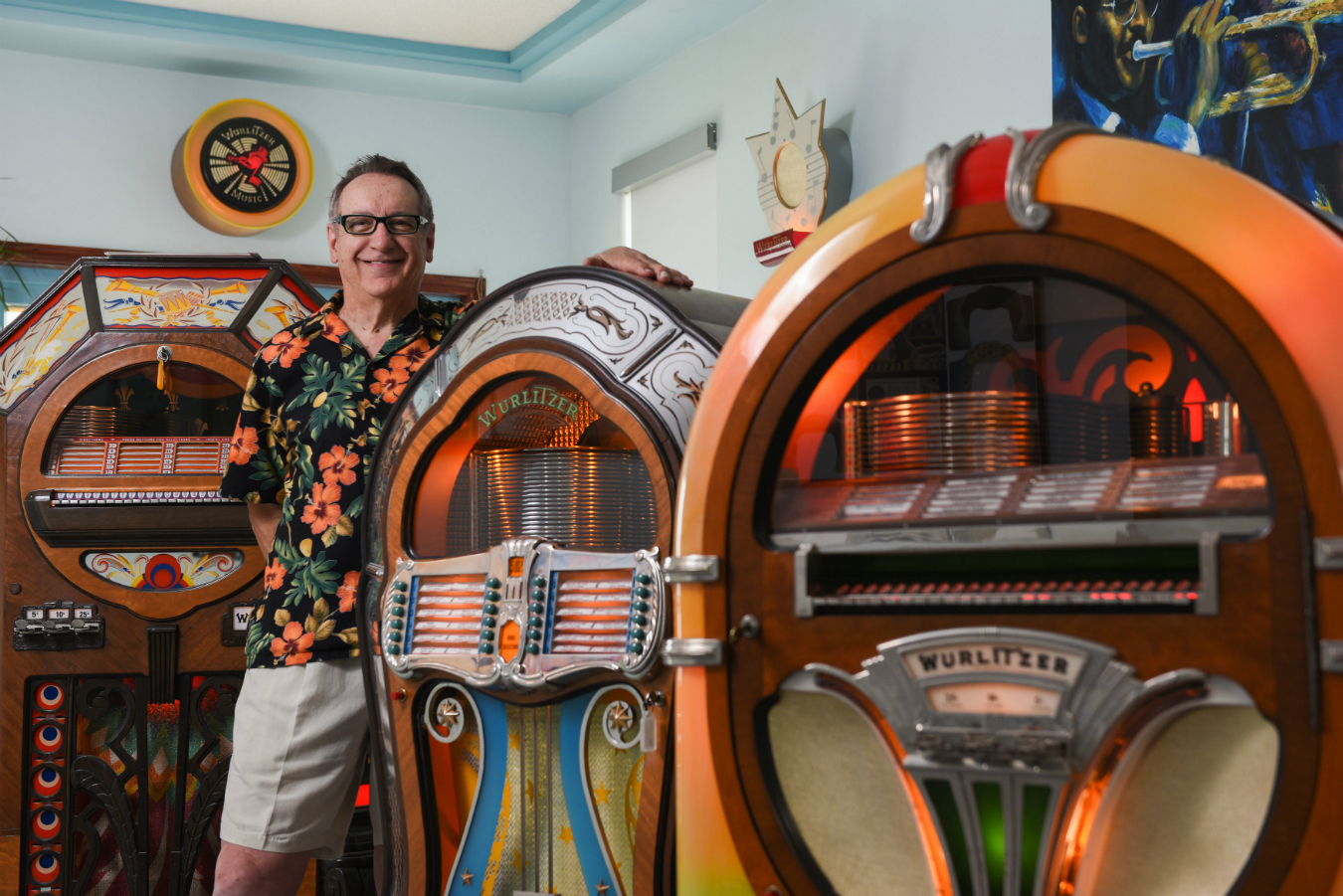
Gerry Parson, jukeboxes and toasters.
-
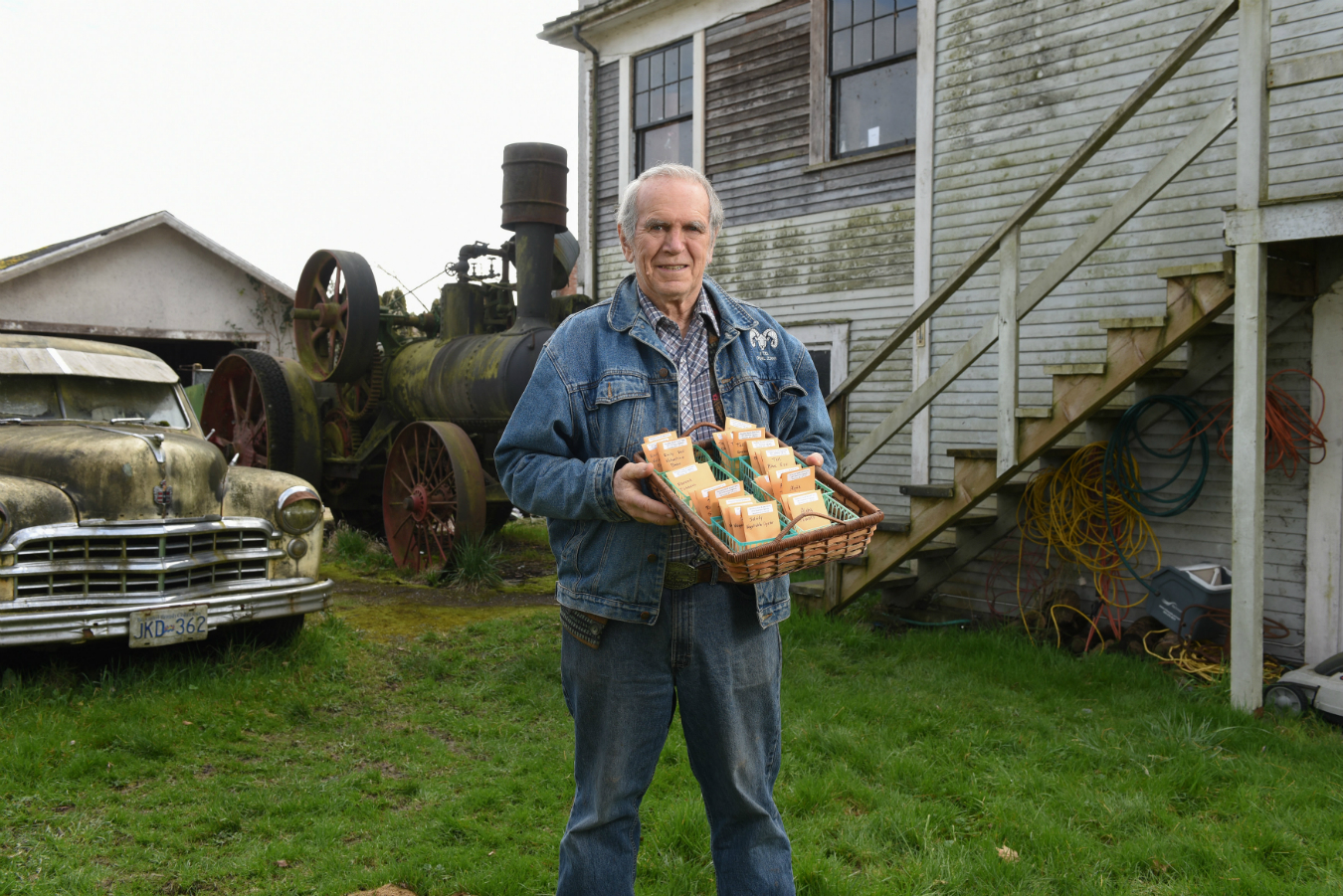
Harold Steves, heirloom seeds.
-
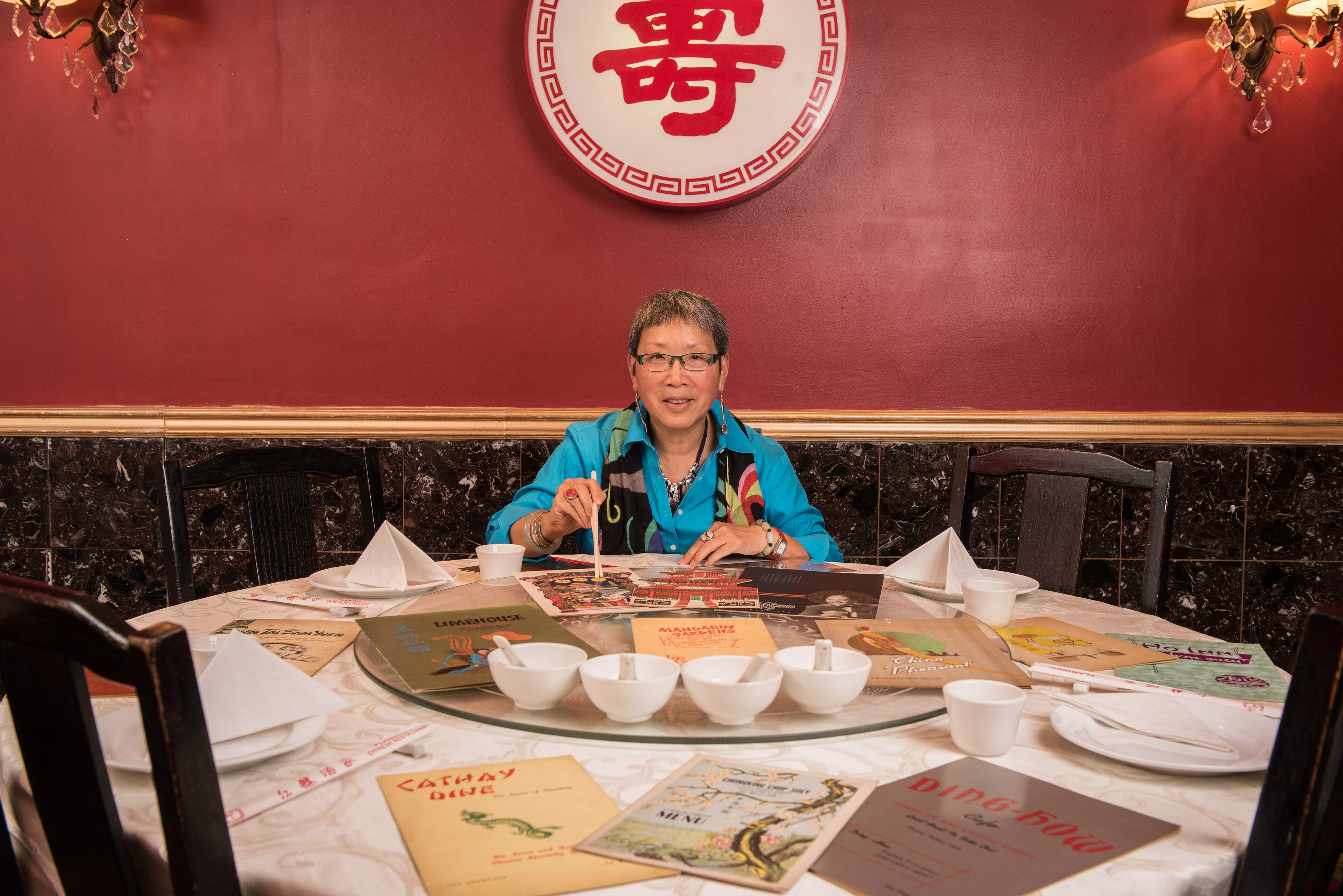
Imogene Lim, Chinese restaurant menus.
-

Ken Stephens, ramp walker toys.
-

Kyle Seller, arcade games and pinball machines.
-
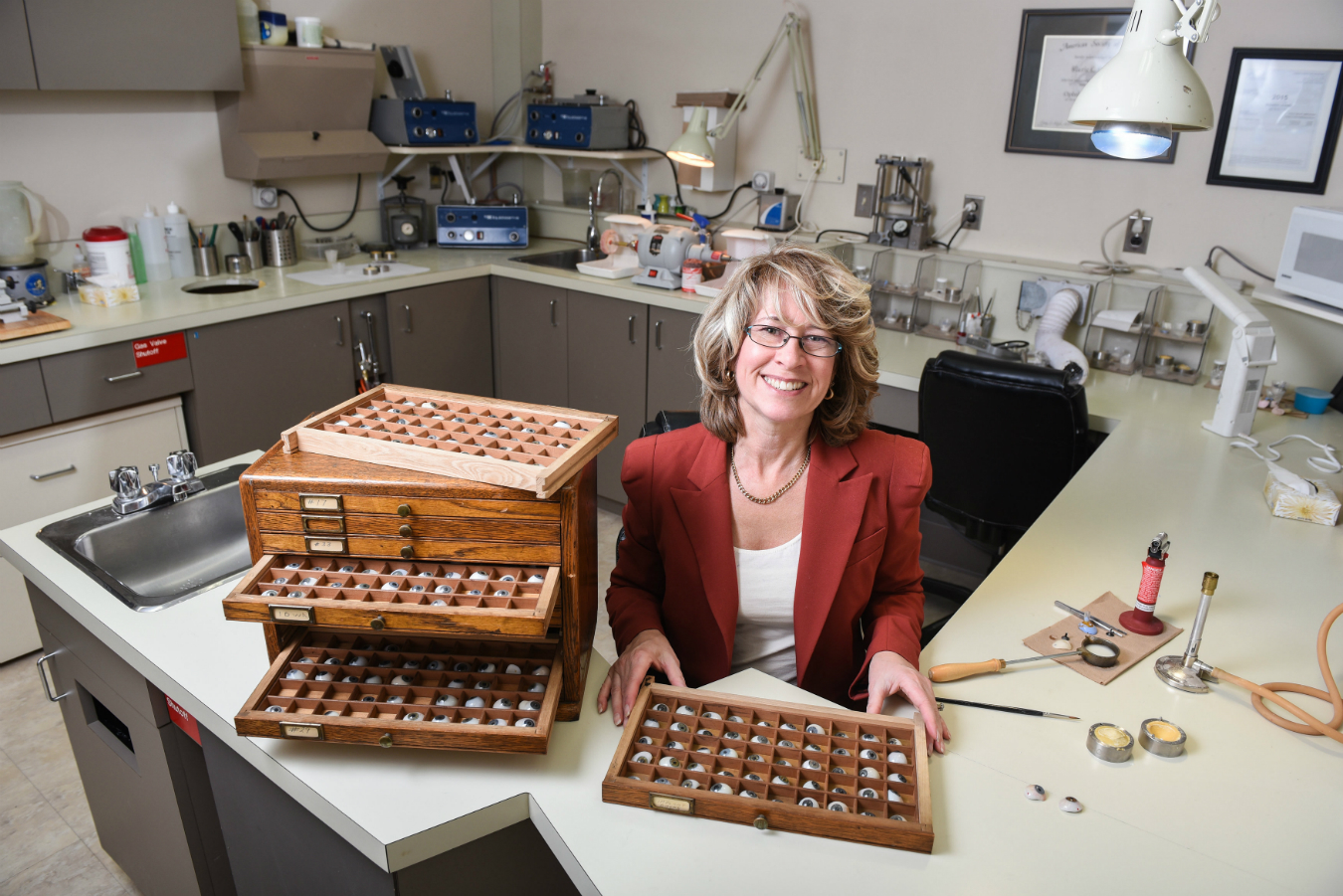
Marie Allen, artificial eyes.
-
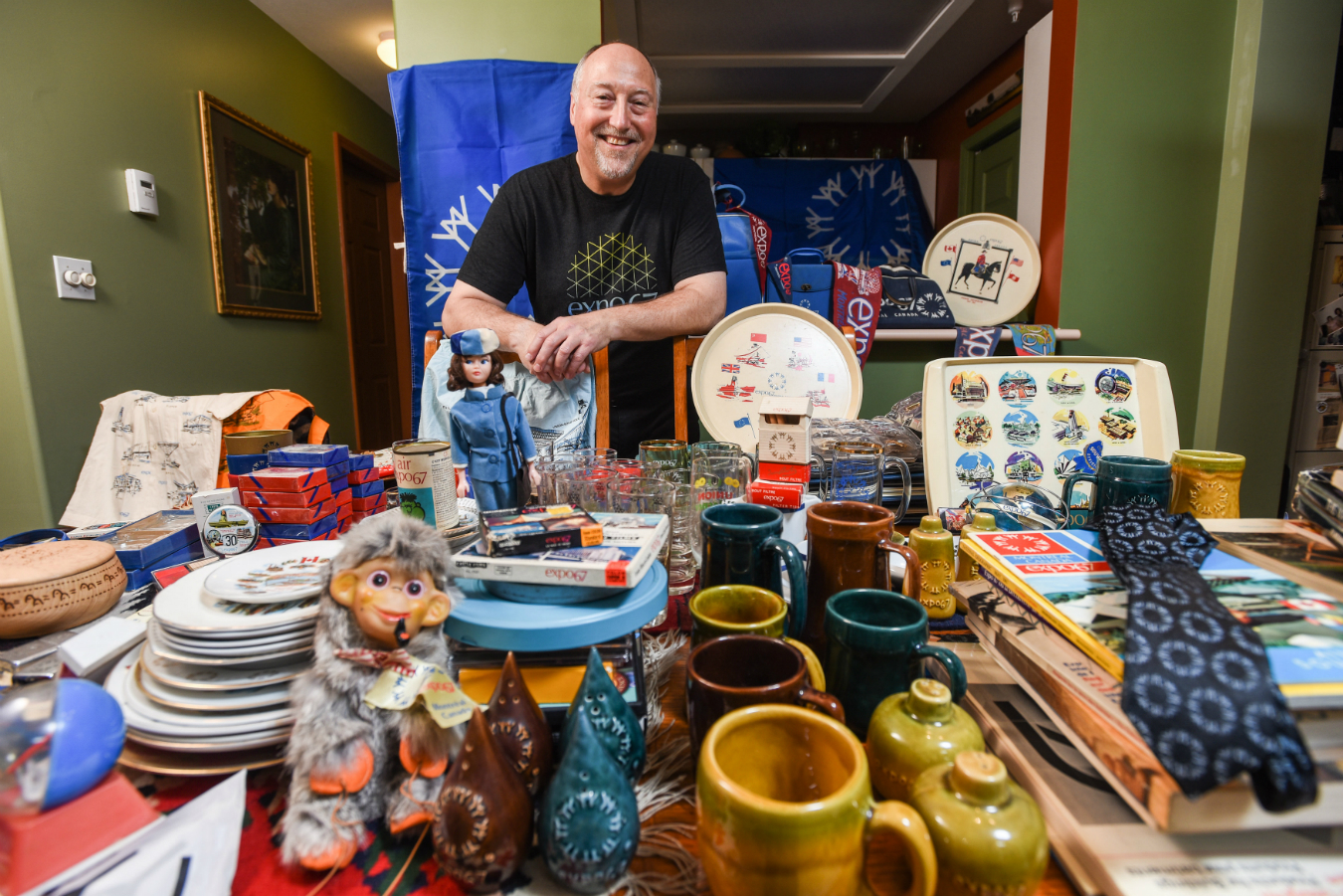
Maurice Guibord, Expo ’67 memorabilia.
-
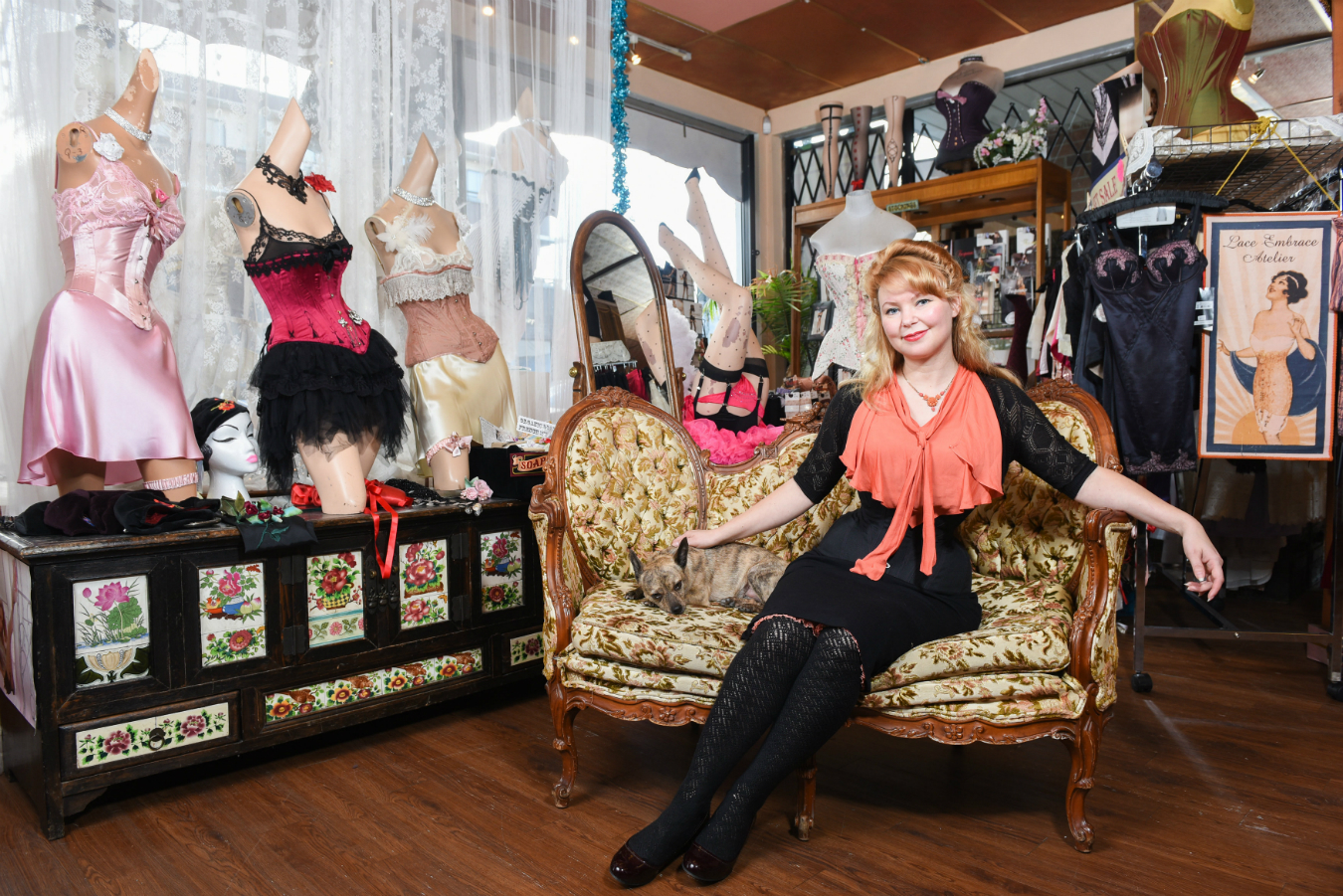
Melanie Talkington collects corsets, a selection of which have been exhibited at the Louvre.
-
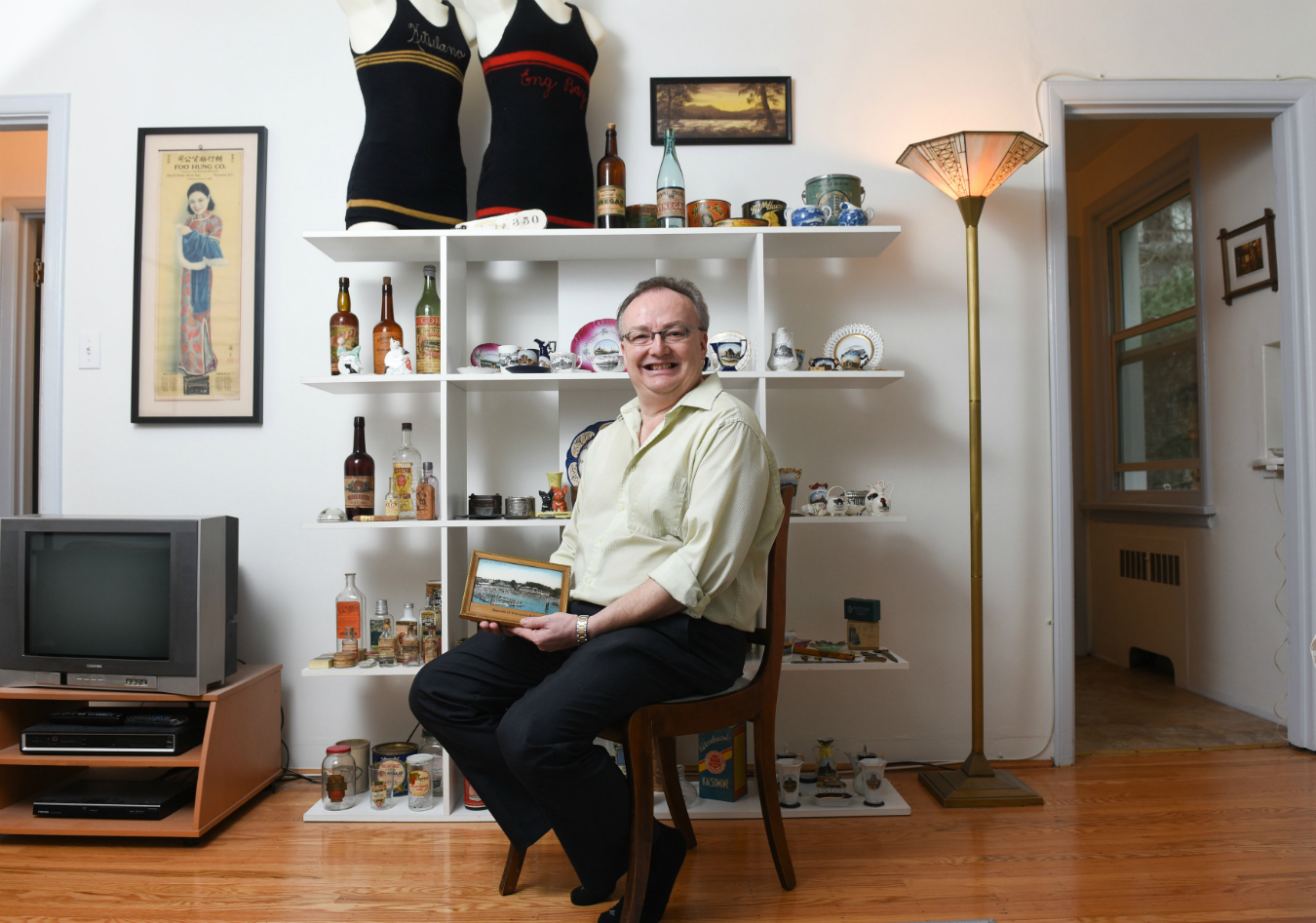
Neil Whaley, Vancouver memorabilia.
-
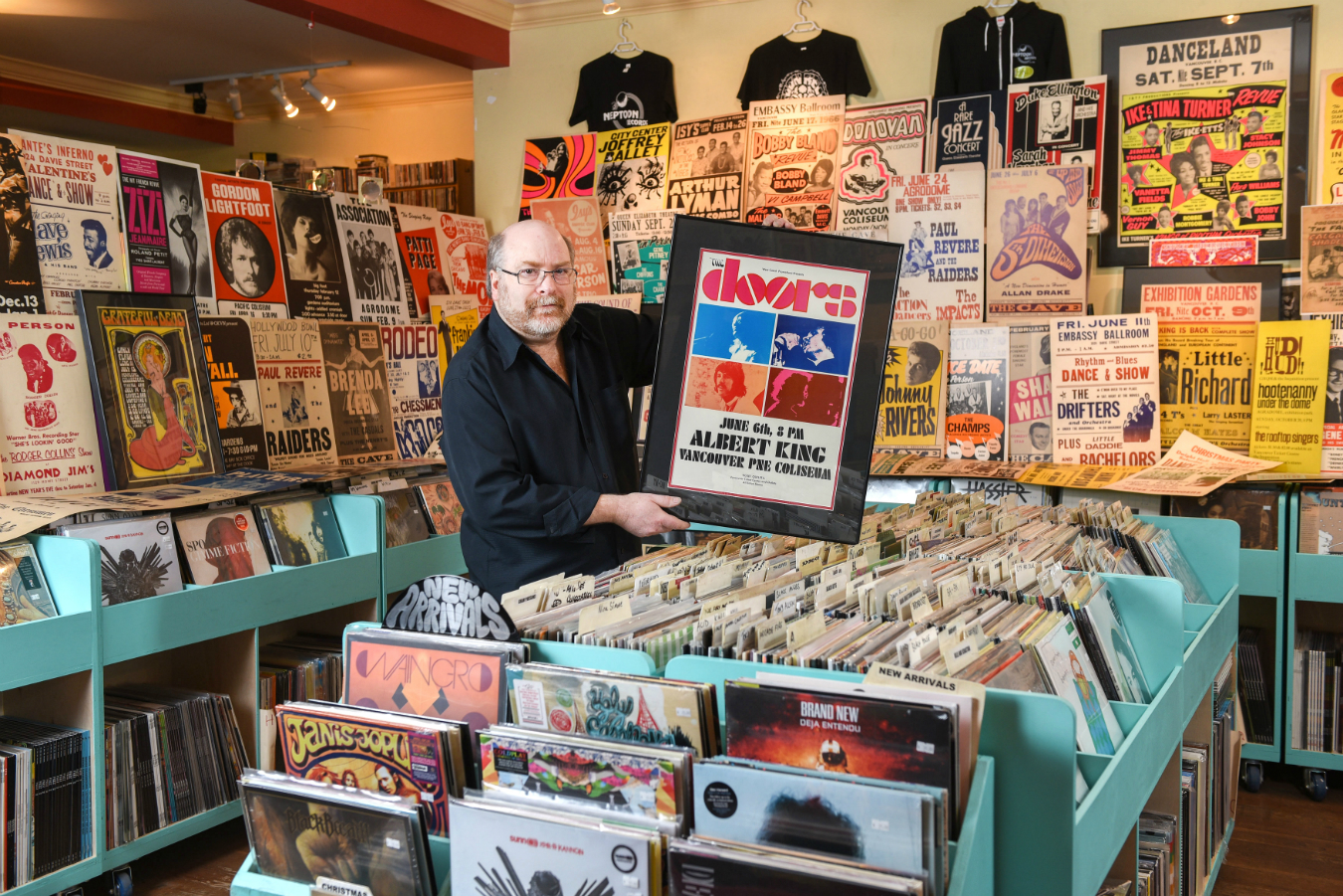
Rob Frith, Vancouver concert posters.
-

Angus McIntyre and Lyanne Smith, transit memorabilia.
-
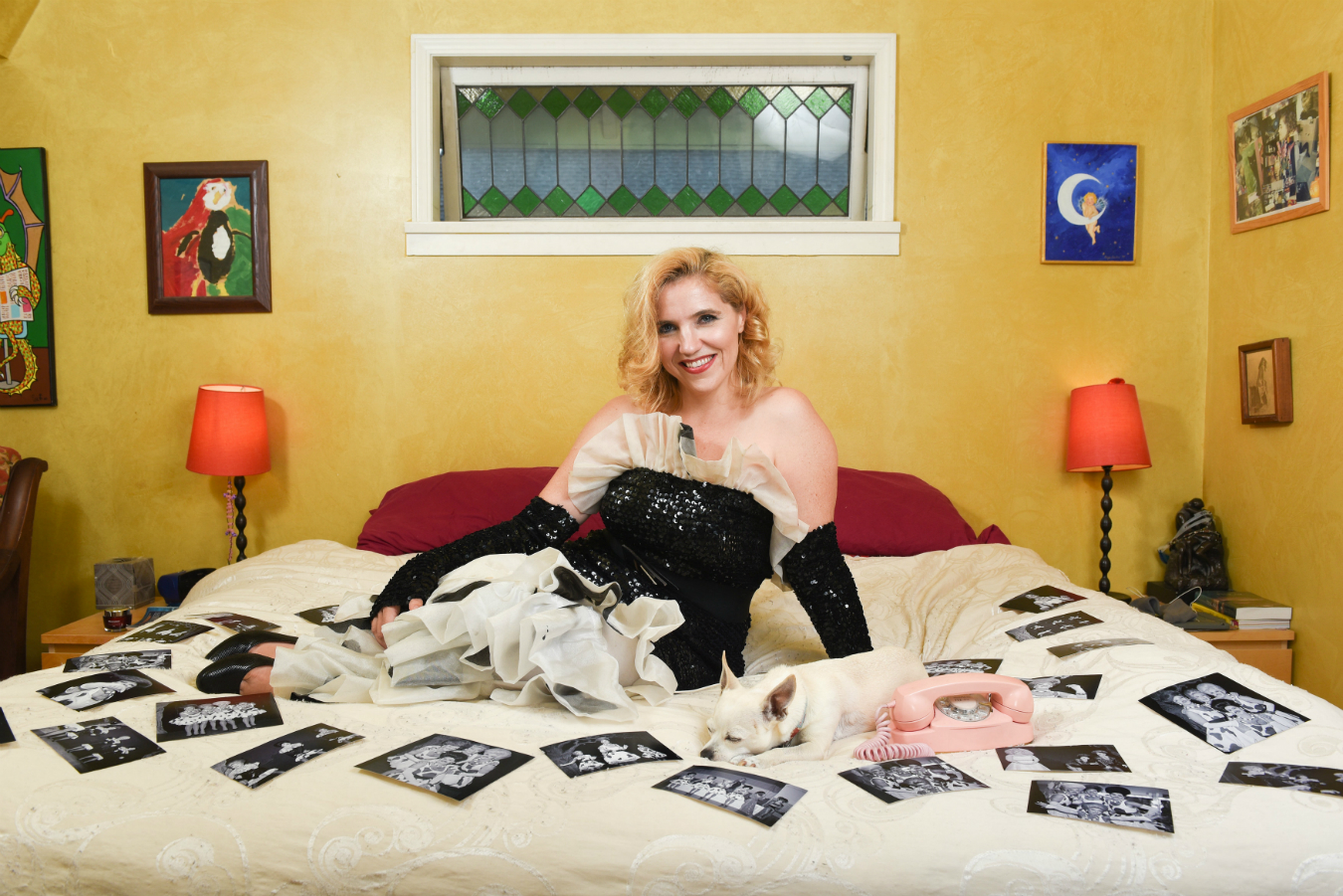
Willow Yamauchi, her father’s drag queen dresses.
-
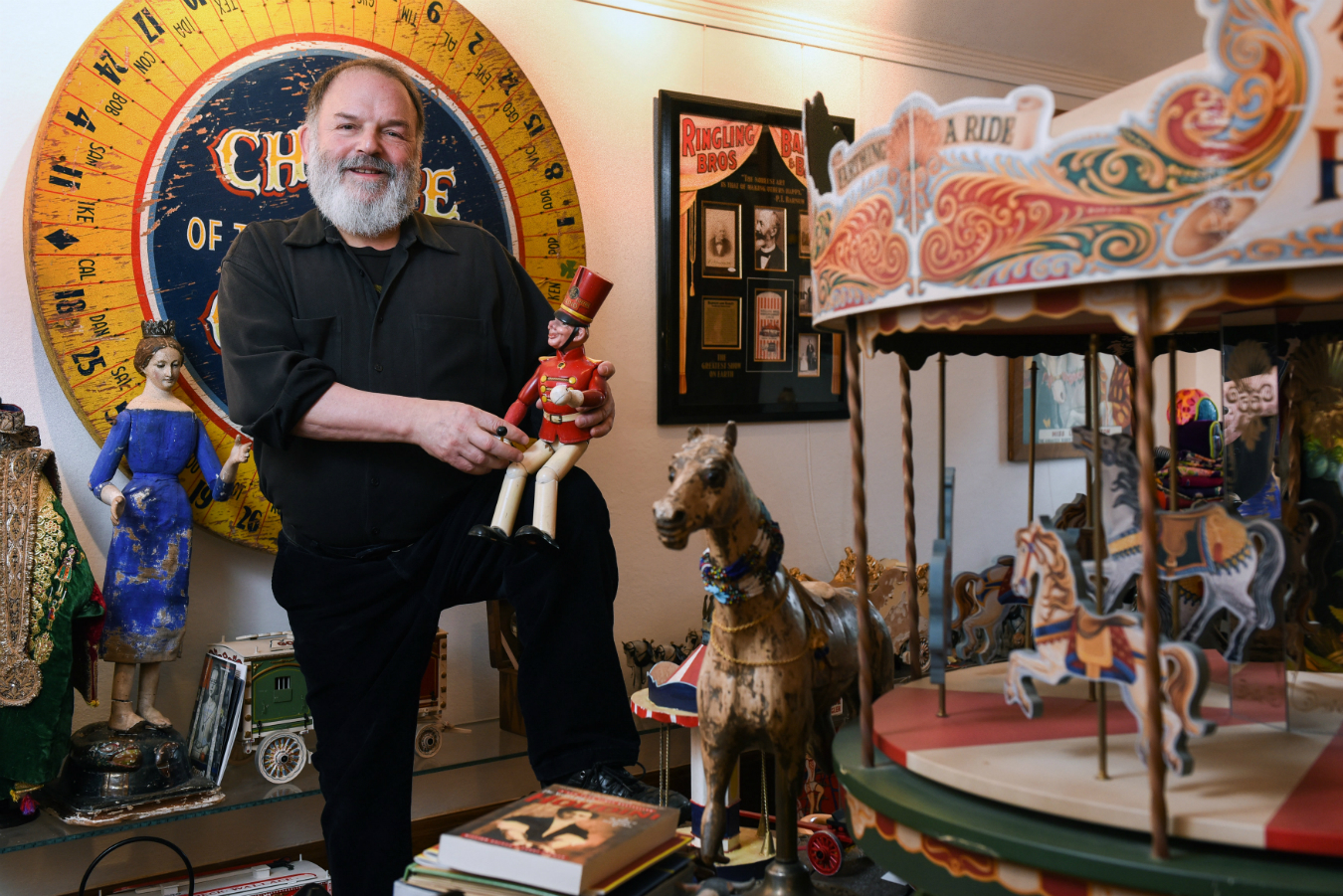
Yosef Wosk, circus toys.
All Together Now: Vancouver Collectors and Their Worlds
Memory makers and keepers at the Museum of Vancouver.
In Renaissance Europe, “cabinets of curiosity”, or encyclopedic assemblages of curios, attracted visitors to their odd and informative displays. The Museum of Vancouver’s new exhibit, titled All Together Now: Vancouver Collectors and Their Worlds, is a modern twist on those cabinets—examining not only curious objects, but the personal motivations of the individuals who collect them.
“The exhibit features 20 collections and their [Vancouver-based] collectors,” says curator Viviane Gosselin. “We ask each of the collectors why they collect, how they collect, how it relates to Vancouver, and how it connects them to other people.” Each collection—from Chinese restaurant menus to corsets, chairs to circus toys, and transit memorabilia to fly fishing gear—is presented next to a portrait of the collector in their home, encouraging viewers to consider the oft-hidden minutiae of private lives. Some collectors are professionals (like Marie Allen, an ocularist who collects vintage, unusually shaped glass eyes, or Harold Steves and his wife, Kathy, who sell heirloom seeds), and some have turned hobbies into professions (like Gabrielle Whiteley, a self-taught taxidermist, or Kyle Seller, whose collection of pinball machines and arcade games led him to open his game rental company East Van Amusements). The Museum invites its visitors to consider the collector’s identity in relation to their assemblage of personal objects, as well as how commodities have informed Vancouver’s collective memory at large, ultimately raising one key and deeply intimate question: why do we want to collect things at all? Collectors Willow Yamauchi, Rob Frith, and David Moe—interviewed below—shed insight into the peculiarity.
Willow Yamauchi
One of the exhibited collectors is Willow Yamauchi, daughter of drag queen Hydrangea Bovine, of the Vancouver-based eighties “all-boy girl group” The Bovines. Among the items Hydrangea left Yamauchi upon passing in 2006 was a mysterious full plastic garbage bag, which sat “uninvestigated in my basement for eight years,” Yamauchi says. Upon finally opening it, she discovered an assortment of her father’s dresses, “a treasure trove of Hydrangea Bovine,” Yamauchi says. It sparked in her a journey to collect all-things The Bovines. “It’s a springboard for fascinating conversations with people who knew [my father],” Yamauchi explains. “You can collect things. You can also collect ideas and people. My collection contains all of these.”
Yamauchi’s collection goes beyond a desire to better understand her father—The Bovines memorabilia sheds light on Vancouver’s history of drag. When HIV and AIDS hit Vancouver, there was little to no funding for those affected. The Bovines, in response, raised money through their performances. “This collection is of the history of sexuality in Vancouver,” Gosselin says, “and with it important conversations are continued beyond Hydrangea Bovine’s death.” Unlike the other collections, this will find a permanent home at the Museum of Vancouver.
Rob Frith
Rob Frith, owner of Vancouver’s oldest independent vinyl store Neptoon Records, collects old concert posters, and those that focus specifically on Vancouver—either by promoting Vancouver bands or shows at local venues—are on exhibit. “It all started when I was 12. My dad rented out a house for draft dodgers … I went with him to check it out one weekend, and I guess people from San Francisco had brought a poster with them. I was in awe. It reminded me of Salvador Dali.” Frith’s collection today is so encompassing it includes posters so rare the bands themselves don’t own copies; he has band members request copies so they can pass them on to their children. He has, additionally, been asked to contribute to Vancouver history books.
David Moe
David Moe is a teacher at British Columbia Institute of Technology’s (BCIT) Prosthetics and Orthotic Program, and a self-proclaimed “prosthetics junkie.” The first vintage prosthetic he was attracted to was a European wood and leather leg from the thirties—the oldest in his collection to this day, which hangs at the exhibit. Moe is enamoured with the leg’s detail; the contours of its knee joint were designed for comfort and shock absorption, and its leather straps mimic ligaments. “It is art,” Moe says. At BCIT, Moe’s mandate is to ensure that, while they learn the latest biomechanical technology in the field, students do not forget the true craftsmanship and “humble roots” from which current prosthetics came. He also highlights the vestiges of energy surrounding vintage prosthetics, or “the latent memory of the people who wore them,” which Moe believes deeply.
Of the entire collection, Gosselin says that “objects are produced not in isolation but in the community that the person lives; [the collectors] are products of their time.” These “memory keepers and memory makers,” as Gosselin calls them, are able to contribute to a community’s collective memory through their assiduous curations of curiosities. The exhibit encourages viewers to consider collective culture as a product of individual passions, and exposes a seemingly impersonal urban space as a collection of captivating minds.

